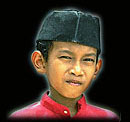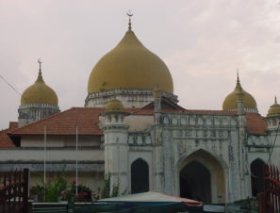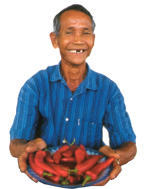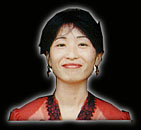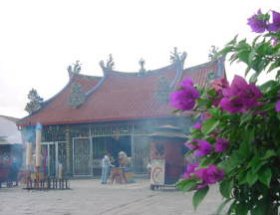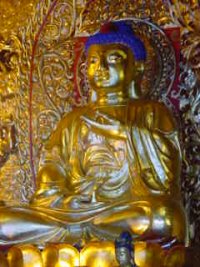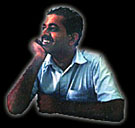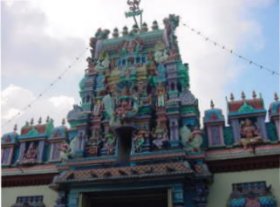Culture
Cultures have been meeting and mixing in Penang since the very beginning of its history. More than fifteen hundred years ago a Malay kingdom in Bujang Valley welcomed traders from China and India. With the arrival of gold and silks, Buddhism and Hinduism also came to
Penang. A thousand years later, Arab traders arrived in Malacca and brought with them the principles and practices of Islam.
Penang's cultural mosaic is marked by many different cultures, but several in particular have had especially lasting influence on the country. Chief among these is the ancient Malay culture, and the cultures of
Penang's two most prominent trading partners throughout history--the Chinese, and the Indians.
Although each of these cultures has vigorously maintained its traditions and community structures, they have also blended together to create contemporary
Penang's uniquely diverse heritage.
One example of the complexity with which Penang's immigrant populations have contributed to the nation's culture as a whole is the history of Chinese immigrants.
Chinese coming to exploit the tin and rubber booms, have preserved their culture much more meticulously. A city like
Penang, for example, can often give one the impression of being in China rather than in
Penang.
Another example of Penang's extraordinary cultural exchange the Malay wedding ceremony, which incorporates elements of the Hindu traditions of southern India; the bride and groom dress in gorgeous brocades, sit in state, and feed each other yellow rice with hands painted with henna. Muslims have adapted the Chinese custom of giving little red packets of money (ang pau) at festivals to their own needs; the packets given on Muslim holidays are green and have Arab writing on them.
In cities like Penang, you'll find everyone in a grand mélange. In one house, a Chinese opera will be playing on the radio; in another they're preparing for Muslim prayers; in the next, the daughter of the household readies herself for classical Indian dance lessons.
Perhaps the easiest way to begin to understand the highly complex cultural interaction which is
Penang is to look at the open door policy maintained during religious festivals. Although
Penang's different cultural traditions are frequently maintained by seemingly self-contained ethnic communities, all of
Penang's communities open their doors to members of other cultures during a religious festival--to tourists as well as neighbors. Such inclusiveness is more than just a way to break down cultural barriers and foster understanding. It is a positive celebration of a tradition of tolerance that has for millennia formed the basis of
Penang's progress.
The
Malay
The Malay are Penang's largest ethnic group, accounting for over half the population and the national language. With the oldest indigenous peoples they form a group called bumiputera, which translates as "sons" or "princes of the soil." Almost all Malays are Muslims, though Islam here is less extreme than in the Middle East. Traditional Malay culture centers around the kampung, or village, though today one is just as likely to find Malays in the cities.
Wedding ||
Dances
|| Food || Hari Raya Puasa
The
Chinese
The Chinese traded with
Penang for centuries, then settled in number during the 19th century when word of riches in the Nanyang, or "South Seas," spread across China. Though perhaps a stereotype, the Chinese are regarded as
Penang's businessmen, having succeeded in many industries. When they first arrived, however, Chinese often worked the most grueling jobs like tin mining and railway construction. Most Chinese are Tao Buddhist and retain strong ties to their ancestral homeland.
Kuan Ying Teng || Kek Lok Si
|| Shops & Stalls || Chinese New Year
|| Food
The
Indian
Indians had been visiting
Penang for over 2,000 years, but did not settle en masse until the 19th century. Most came from South India, fleeing a poor economy. Arriving in
Penang, many worked as rubber tappers, while others built the infrastructure or worked as administrators and small businessmen. Their culture -- with it's exquisite Hindu temples, cuisine, and colorful garments -- is visible throughout the land.
Little India || Festivals
|| Food

